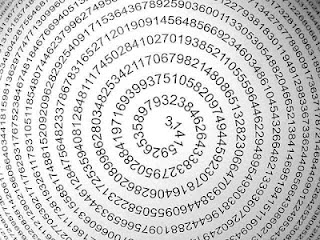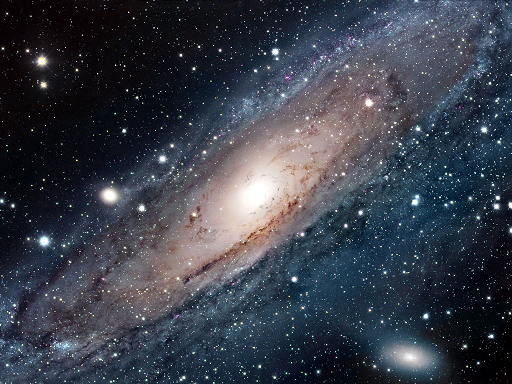Anyone who’s attended Catholic school from a certain era has at least a few good stories to tell. Having graduated from both a Catholic grade school and high school, there are more than a few memories that fall into the category of, “They didn’t actually do that, did they?” At the same time, the quality and depth of education I received far exceeded that of the “publics” in the area where I grew up.
Among the amazing high school teachers that impacted me was a woman generally written off as being nothing less than odd. Her name was Sr. Mary Margaret. While she was best known for managing the school book store, she taught classes in advanced mathematics: trigonometry, statistics, and calculus. I was lucky enough to have Sr. Mary Margaret as a teacher during both my junior and senior year of high school.

I’ll be honest, I don’t remember much about advanced mathematics. But I clearly remember the way Sr. Mary Margaret spoke about math. There were times when she would pause, sometimes while seated at the desk and other times standing at the chalk board, and ask that we consider a concept like infinity or the perfection of pi. Sr. Mary Margaret would get starry-eyed as she shared how the universe was created with perfection as demonstrated through mathematics. As she reflected on the depth and breadth of infinity, her gaze was filled with wonder as she considered out loud how the mind of God encompassed all these things before humans had discovered them. Indeed, Sr. Mary Margaret was nothing less than a mystic.
There were other formative educators who nurtured my sense of wonder about the universe from the perspectives of science and math. My chemistry and physics teachers had the ability to create a sense of awe in the midst of basic laboratory experiments. But my sense of wonder was bolstered thru science years after high school.
In 1980, Carl Sagan who inspired me and many others to consider the mystical dimension of science through the PBS series, Cosmos: A Personal Journey. As the most widely watched PBS series in the world, Cosmos not only made astronomy accessible to ordinary people but provided us with a way to consider our place in the universe. Indeed, we are made of stardust. Our unique role in the cosmos is that human consciousness allows the stuff of the cosmos to reflect on itself. Even so, our home, planet Earth, is part of an unordinary galaxy in the far reaches of the universe. More than thirty years later, Sagan’s reflections on our life in the cosmos spoken with simplicity continue to nourish my sense of wonder and awe at the mystery of life.

Today, Neil DeGrasse Tyson continues the tradition of inspiring others with a sense of awe about the mysteries of the universe. Tyson, an astrophysicist, makes science accessible to ordinary people by presenting complex matters in simple terms.
The Symphony of Science project recently released a video featuring excepts of presentations by Tyson, along with brief comments by scientists Lawrence Krauss and Richard Feynman, illustrated with images from NASA. The video builds on the statement by Tyson that “We are part of this universe; we are in this universe. The universe is in us.” While this statement is literally true, it’s also deeply mystical. It draws us beyond ourselves to consider with awe and wonder the mystery of life that connects us to the substance of life at cosmic dimensions.
Too often science and spirituality (and religion) are viewed as opposing disciplines that by nature collide with each other. This is doubtlessly true when misguided Biblical interpretations are used to ignore the historic record of the planet in order to support the magical belief called creationism. At a much more fundamental level, science leads to wonder and awe about the cosmos and life as we know it. Science attempts to explain the origins and mechanisms that are essential to the rhythm of life through systematic observation of the cosmos. I am thankful that scientists and mathematicians have inspired wonder and awe in my life. In their quest for truth, they open us to the deep revelation of the mystery that is the cosmos.